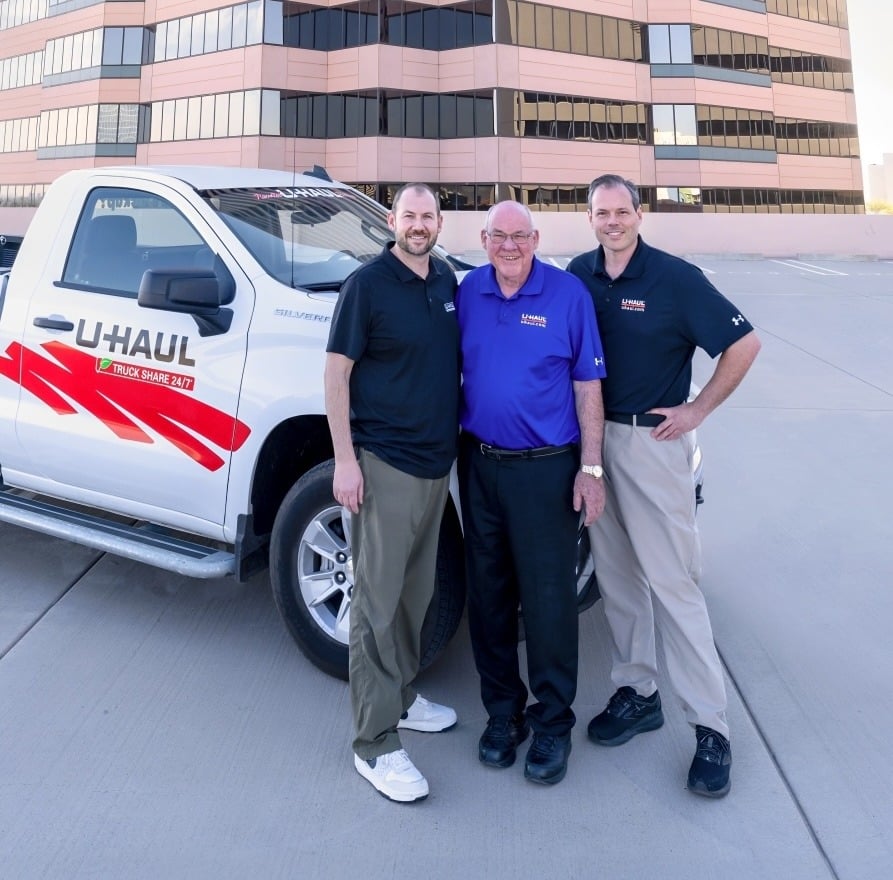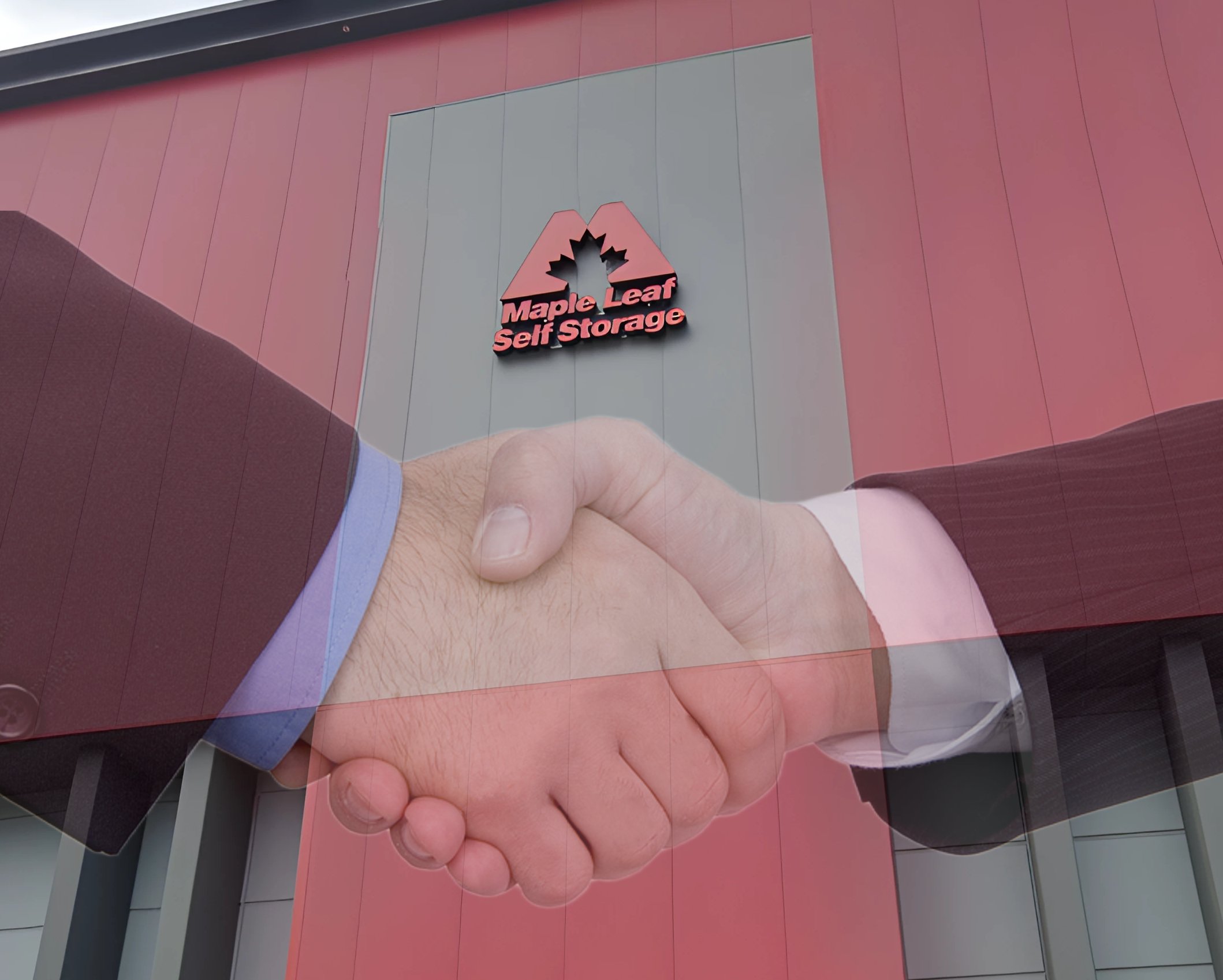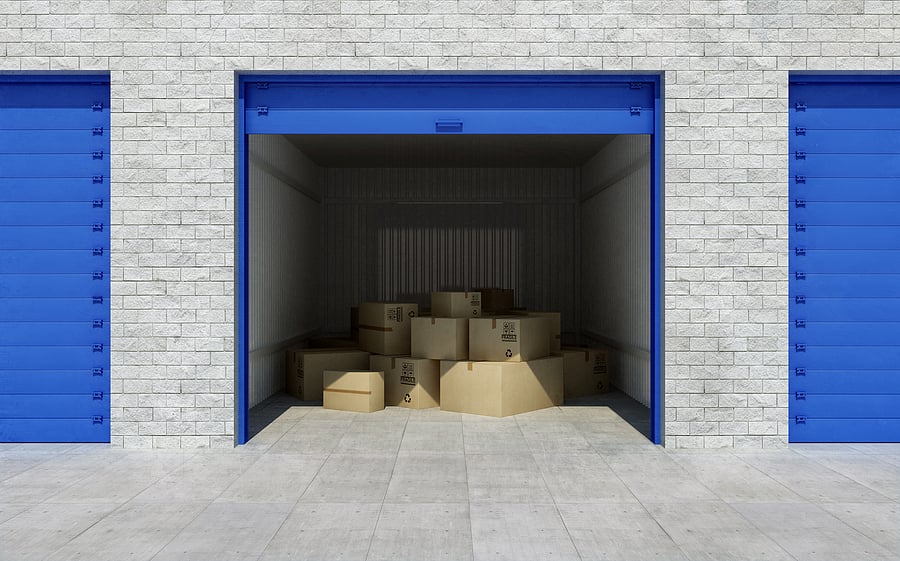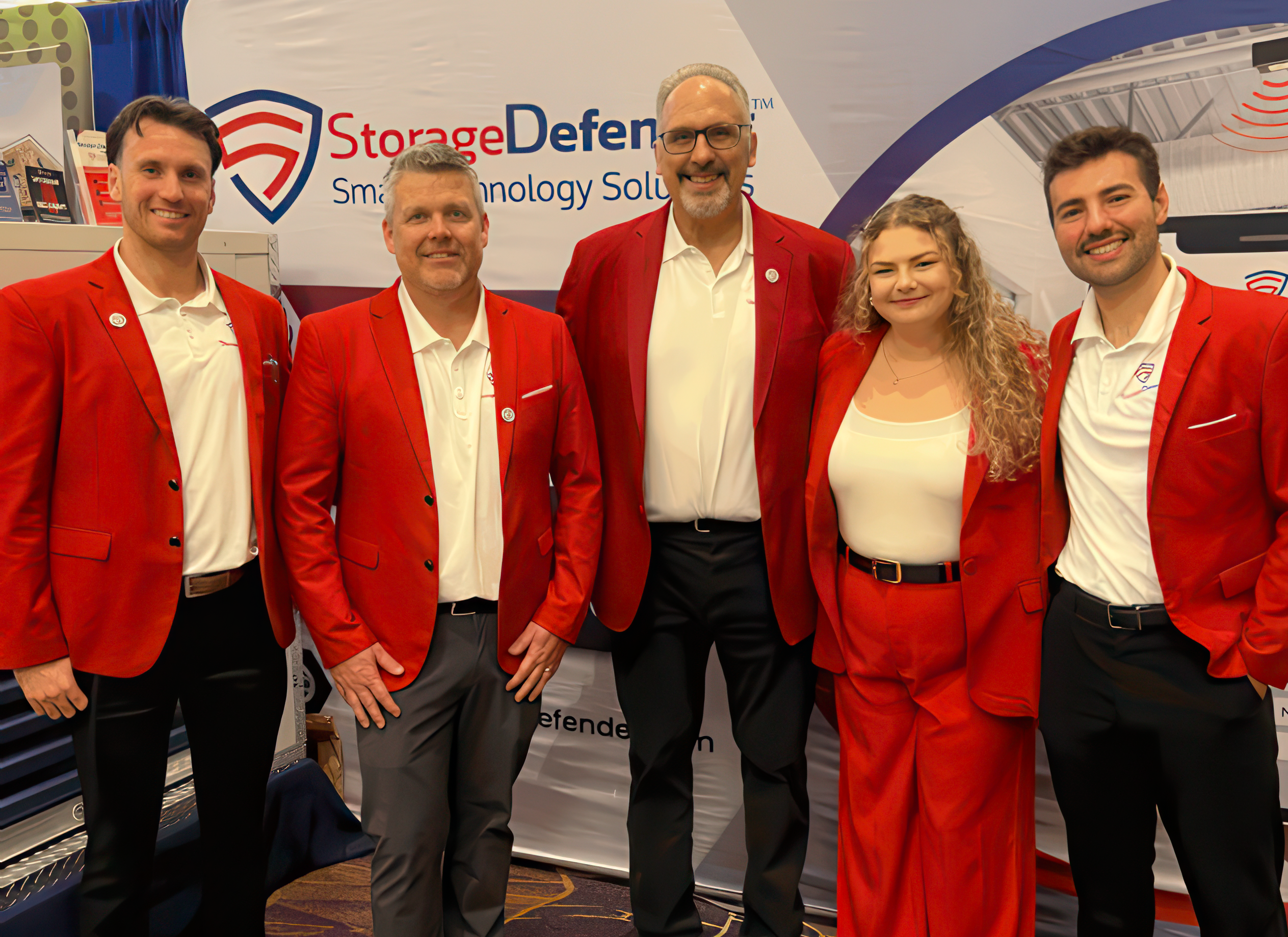Lease It Up! Tackling Tenancy Troubles In Tough Markets
Owners and operators who were part of the first- and second-generation wave of self-storage may have lived by the “build it and they will come” adage. Provided the facility was built in a high traffic area, most self-storage facilities didn’t have to do a lot to draw in customers except hang a sign and buy an ad in the Yellow Pages.
However, the current market is not as clear-cut. Leasing up used to be measured in a few months, not years and a lot of planning; beginning years in advance is necessary to create a successful facility.
“You used to be able to build a property and have it leased up in six to nine months,” says Sue Haviland, owner of Haviland Self Storage Services, a property management and consulting company located in San Diego, Calif.
Other industry experts, including M. Anne Ballard, president of marketing, training, and developmental services for Universal Storage Group in Atlanta, Ga., says lease-up could take as many as 48 months.
Defining Lease-up
“When I chatted with my operations team, some of them gave various definitions for different types of lease-up,” says Adam Pogoda, director of operations for Pogoda Companies in Detroit, Mich. “There is a lease-up period if you purchase a property or add square footage. You could have bought a 35-year-old property that hasn’t been managed properly. Lease-up in its purest form is when there is a new facility and you need to take it from 0 to 85 percent as quickly as possible.”
Ballard says 85 percent is generally the accepted occupancy rate at which the property attains stabilization. “Some people say lease-up goes to covering the cost of the debt services,” she says. “That can happen at about 65 percent.”
Ed Hainrihar, vice president of operations for Compass Self Storage in Cleveland, Ohio, expands on that notion. “Generally, you’re talking about a new property with no occupancy,” he says, “and the lease-up is generally what you’re taking about to make the property profitable, which is typically 70 to 80 percent; others consider it at 90 percent.”
Hainrihar adds that the time frame varies, depending on the market and the size of the property. “Using a basic 65,000-square-foot model, it is typically 36 months in the proforma,” he says.
Steve Disbrow, CEO of Maximize Self Storage Management in Jacksonville, Fla., says, “The length of time should be based on the size of the market; the absorption rate and these figures are tied into the demographics of the area, including the population and spending power in the defined market.” The market is generally a three-mile to five-mile radius for self-storage and a seven-mile radius for RV and boat storage.
Planning And Development
The definition of lease-up is really based on a project-by-project basis, but there is a certain amount of planning that has to go into the project before it can ever reach lease-up, no matter the definition.
Hainrihar offers these tips before you even begin the project:
• What are you doing? Are you building new or are you converting? Where is your location? “You must also be able to predict when you will start leasing up,” says Hainrihar. “You’re thinking about lease-up before you ever start the project, which could be up to two years out.”
To be fully informed on the best information, you must be aware of your current market competition, the location, and the number of other projects in the planning stages within your area.
“A lot of people in a lot of markets didn’t do enough homework before they started building,” says Haviland. “There might have been a demand for a 500-unit facility, but not a 2,000-unit facility. ‘If I build it, they will come’ doesn’t always happen today.”
• What’s the project I’m building? Are you building a new project with different amenities to those in the area or building more of the same? “For example, if you’re putting in climate control and there’s no climate control in the area, then you will have less competition,” says Hainrihar. “If you have something different, it could be something as simple as providing a covered loading zone.”
Once you’ve assessed your market, location, current and future competition, conducted your market study, and completed your proforma, you’re ready to build and enter lease-up.
The Challenges Of Lease-up
According to Ballard, 14 percent of all self-storage facilities in the country will be in a lease-up phase in 2020. “That’s the highest percentage ever,” she says.
Many markets have been over saturated with self-storage in the past few years, making lease-up especially challenging, but most experts agree these challenges can be over come with the right planning, timing, marketing, and basic strategies.
One of the biggest challenges self-storage operators face today is hiring the right managers for their facilities. “Hiring a manager that is skilled at lease-up is different than hiring a manager for a stabilized facility,” says Ballard, who warns that you should be prepared to pay a premium salary for a lease-up manager. “You need a really enthusiastic, sales-oriented manager with an understanding of the reviews and how to work with management.”
Charlie Fritts, president of Storage Investment Management, Inc., a third-party management and consulting company, agrees that you need someone with outstanding people and sales skills. “I can teach people self-storage, but I can’t teach them how to listen to people.”
Once you have the right manager in place, it’s important to communicate your goals with them so they know what they’re working toward. Moreover, you must find ways to keep them motivated. “We keep our managers motivated and focused on closing the sale,” says Ballard. “We make sure they’re keeping their eye on the ball.”
Timing Your Opening
It’s very important to try to time your opening so you are taking advantage of good first months from the start.
“If you’re in Nebraska, you won’t want to open the first quarter of the year,” says Hainrihar. “It’s very slow in January through March; as the season goes on, the demand increases.”
Ideally, in most climates, you want to open in March or April, when many people are thinking of moving or doing spring-cleaning. “The worst time to open is the fourth quarter,” says Hainrihar. “Self-storage typically languishes October through December. Having said that, you sometimes don’t know when you’re going to open due to construction delays, but you want to try to time it right.”
Another thing you want to make sure to do is to time your marketing with your opening.
“If you’re not timing your marketing to your opening date, you may miss the timing of your marketing and be wasting your money,” says Hainrihar. “You have to prime the pump even before opening. If you can hit your timetable, everything can work for you.”
The Importance Of Marketing
“When you’re talking about advertising, you also have to talk about your cost per rental, or the revenue you receive through self-storage rentals,” says Disbrow. “Bottom line, if we pay more for a rental than what we receive in revenue, that’s a prescription for not being able to pay your bills. Every dollar spent on advertising has to be measured for its effectiveness.”
Still, you might end up spending a little more in advertising to get the store open and get the word out. “One thing you don’t want to do when opening a new store is skimp on advertising,” says Haviland.
• Signage – While internet marketing is a very important part of the equation in today’s market, drive-bys are still the biggest driver in the self-storage market. “Having good signage and banners is still very effective,” says Pogoda.
Of course, you have a new or refurbished facility, so it will likely already stand out aseptically, but you also need to make sure your staff is paying attention to maintenance. Things as small as pieces of trash or cigarette butts in the parking lot might be enough to drive away a customer.
• Internet – Ballard says that 40 percent of sales are done online, which means you must have an effective online presence. As a small operator, it may be difficult to match dollar for dollar the internet marketing budget of the larger operators.
“The REITs are spending a lot online,” says Fritts. “The smaller operators have to make more effort.”
That means starting with an efficient, professional website. “I’m still amazed at the amount of operators who don’t even have a website,” says Haviland. “It’s very important, no matter your size, to have a good online presence.”
Utilizing a webpage that has a “call to action” button is important. “Also, having your webpage configured to be seen on devices such as mobile phones, tablets, and computers are all critical,” Disbrow adds.
One of the problems operators encounter is trying to do it all themselves. “Your online marketing dollars are better spent on a good website and then on SEO [search engine optimization],” says Haviland.
“Yellow Pages are no longer a viable source of advertising, so getting found on the web is a major component,” says Disbrow. “Google Maps, Yahoo, Bing, and dozens of other internet search pages are critical to building relevance.”
Even if you don’t have a lot of money to spend on internet marketing, you can make effective use of your website by playing up things your competition may not have, such as a covered loading zone or climate-control features.
You can also use what most operators are not paying much attention to, like online reviews, to your advantage. “People aren’t going to look up their local gas station online and see which ones are getting the best reviews,” says Hainrihar, “but they will only use self-storage maybe three to four times in their lives, so they are looking online to see what others are saying about your facility.”
While new facilities aren’t going to have many reviews, and you aren’t allowed to incentivize your tenants to go online and give you reviews, you can train your manager to encourage them by saying, “If you liked the service you received today, we’d appreciate an online review since we are a fairly new facility.”
Just don’t get discouraged or quit asking for reviews if you get some negative feedback. “Bad or good, your company wants the feedback,” Hainrihar says. You can always coordinate responses, so customers also see that you’re attentive to their concerns.
• Grass Roots Efforts: All the experts agree that when it comes to marketing, don’t discount getting back to basics, or “hitting the streets,” as Ballard calls it.
Fritts agrees that prompting your managers to get the word out in the community is a very effective tool in marketing, especially for small, local facilities. “Just because you open your doors doesn’t mean everyone knows about you,” he says. “Hang fliers, give referrals to tenants to send people your way, speak with apartment complex managers and realtors. If you make a real effort, you’re probably the only one in the market who is doing that.”
Another way to get people into your facility is to host events such as community barbeques, on-site holiday parties, or networking events. “Our managers are always hosting events at our facilities,” says Ballard. “In 2018, we brought over 37,000 people to our stores just hosting events; that gets people in the door and they remember you. When someone comes to a networking event at our facility, they will also tell their friends about it.”
The Question Of Concessions
“It’s important to understand the difference between a concession and lowering the rental rate,” says Disbrow. “Lowering the rental rate has the effect of lowering the value of the property. It effects the total available income and has a lasting, dragging effect on your financials.”
Disbrow adds, “A concession is taking a bite in the first month. Providing a move-in discount is absorbed in the first month of the rental, then not affecting the long-term economic condition of the store.”
Haviland concurs that lowering the rental rate is not an effective tool. “What you don’t want to do is get into a price war,” she says.
All of the experts agree that concessions, such as offering a free month or a discount for one month or longer, are a good way to draw in the customer. In fact, oftentimes you must offer some sort of concession in order to be competitive in your market.
“The first month free is usually always attractive to the customer who is moving and has a big cash layout that month,” says Hainrihar. “We will sometimes offer $10 off for the first six months, but you have to be careful with that as it gets too complicated for some customers.”
You also should pay attention to your occupancy and what the competition is offering. “You might not offer a concession on each product; a 10-by-10 climate control is different than a 10-by-10 drive-up,” says Ballard. “If you notice all of your 10-by-15 units are full and are staying full, you won’t want to offer a concession on those.”
This changes constantly, so operators and managers must monitor it daily. “We watch it every day,” says Ballard. “If we need to make adjustments, we do it weekly. You can’t do it once a month and hit your mark. Your managers have to be on top of the situation. You can’t wait until you’re sold out of your 10-by-30 units to raise the prices.”
Essentially, be careful to keep your street rates high and only offer concessions on the units that need them. “If we have something available, we might offer a concession $1 lower and one month longer than the competition,” says Ballard.
After Lease-Up
Once you’ve hit your lease-up mark, the trick is staying in that zone. Part of that, says Ballard, is continuing to monitor your competition and where they are in their pricing.
Other ways to stay competitive is good old-fashioned monitoring of your facility. Disbrow looks at different things, especially as their facilities grow older, such as cleanliness, lighting, and service.
Indeed, maintenance is one of the best ways to keep your facility competitive after lease-up.
“You want to look at your facility and make sure it still looks good aesthetically,” says Fritts. “We have 30-year-old first-generation facilities, but they are still in pristine condition.”
Possibly the most important way to get leased up and remain competitive comes down to your people.
“Good customer service really goes a long way to leading to word of mouth,” says Fritts.
More Content
Popular Posts
The self storage industry is in a precarious...
Joe Shoen, CEO of U-Haul, has had enough.
Like its name implies, Surprise, Ariz., a...
Joe Shoen has had enough.
In a record-breaking deal finalized May 12,...
Senate Bill 709 (SB709) has many in the...
Donald Trump has just reclaimed the White...
The question of “abandonment” of stored...
Self-storage operators wear a lot of hats....
In 1992, Clinton strategist James Carville...
Recent Posts
When Neville Kennard left for a work trip to...
Self-storage software is no longer...
The self-storage industry continues to...
Fires in California. Tornadoes in Kansas....
From policy pivots in Ottawa to tariff...
Self-storage operators have struggled to...
Their signature red coats may draw attention...
Nailing down Josh and Melissa Huff for an...



















